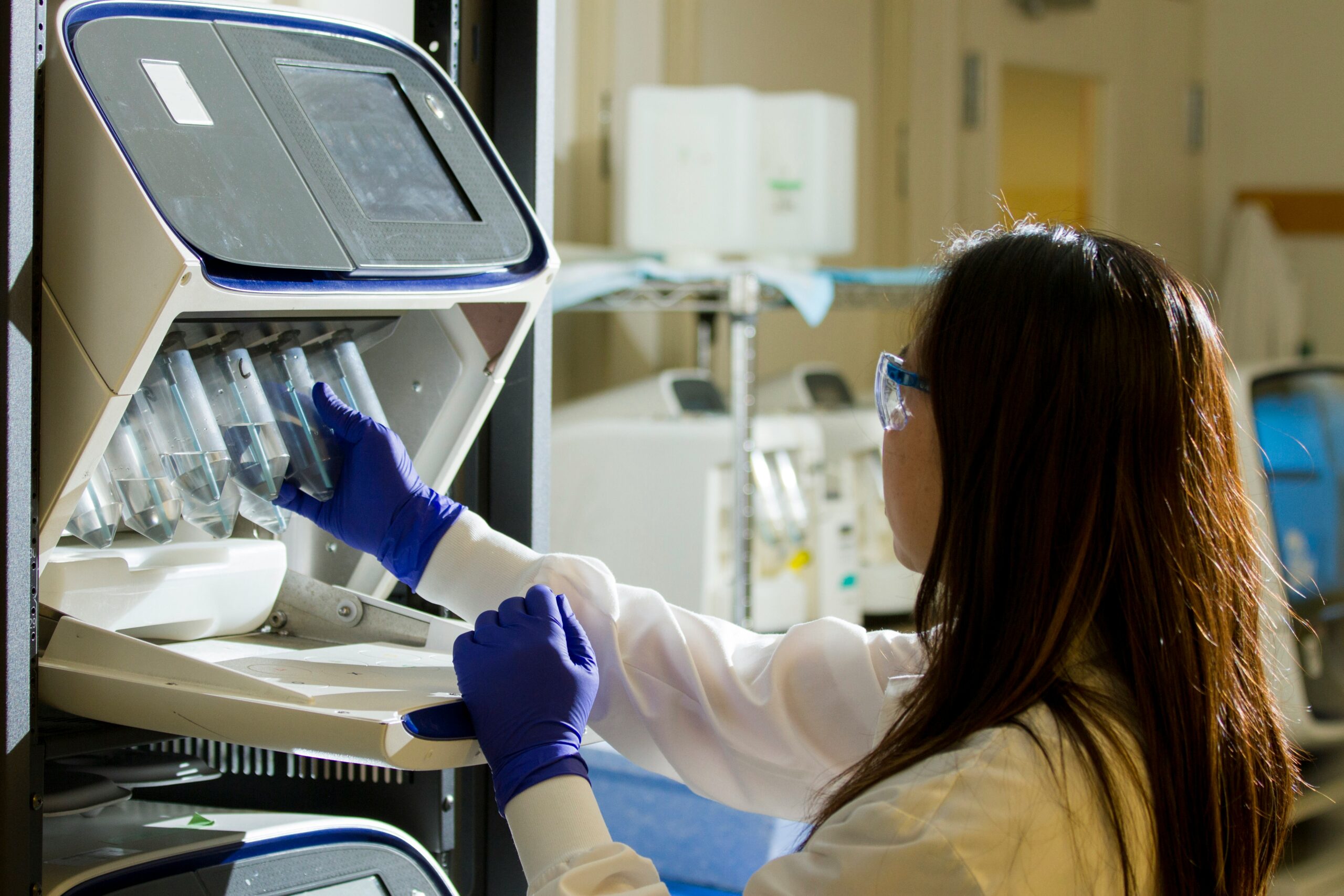
The world of healthcare is advancing at a faster pace than ever, and medical technology innovations are driving this progress. In 2025, breakthroughs are transforming how doctors diagnose, treat, and monitor patients. These cutting-edge developments are not only saving lives but also making healthcare more efficient, accurate, and accessible. From artificial intelligence to nanomedicine, these innovations are redefining what’s possible in modern medicine. Let’s explore the top ten medical technologies revolutionizing healthcare this year.
Artificial Intelligence in Diagnosis
Artificial intelligence (AI) is one of the most potent tools reshaping medicine in 2025. AI systems now analyze medical images, lab results, and patient data in seconds, identifying conditions earlier and more accurately than ever before. Doctors utilize AI-powered platforms to diagnose cancers, heart diseases, and neurological disorders with unparalleled precision.
Moreover, AI improves decision-making by predicting patient outcomes and suggesting personalized treatment plans. With machine learning constantly evolving, AI has become an indispensable assistant that helps doctors make smarter, faster, and more informed clinical decisions.
Robotic Surgery for Unmatched Precision
Robotic surgery continues to dominate operating rooms worldwide. Surgeons now rely on robotic systems to perform minimally invasive procedures with enhanced accuracy and control. These robots translate a surgeon’s movements into precise micro-actions, resulting in smaller incisions, less pain, and a quicker recovery for patients.
In 2025, robotic-assisted systems will be more intuitive and capable of performing complex operations, such as heart valve repair, tumor removal, and spinal surgery. They combine human expertise with robotic precision, setting a new standard for surgical excellence and patient safety.
Telemedicine and Virtual Healthcare
Telemedicine has evolved far beyond video calls—it’s now a fully integrated healthcare solution. Patients can consult doctors, access prescriptions, and receive follow-ups all through secure digital platforms. This technology has made healthcare more accessible, particularly in rural and underserved areas.
Doctors also benefit, as telemedicine reduces clinic crowding and enables continuous monitoring of chronic conditions. With advanced AI chatbots and diagnostic tools built into telehealth apps, 2025 marks a new era of patient-centered, technology-driven healthcare.
Wearable Health Technology
Wearable devices have moved beyond fitness tracking to become vital medical tools. Smartwatches, ECG patches, and biosensors monitor heart rate, oxygen levels, and glucose levels in real-time. These continuous data streams give doctors valuable insights into a patient’s health between visits.
For patients, wearables encourage healthier lifestyles and early intervention. A sudden change in vitals can trigger an alert to both the patient and their physician, potentially preventing emergencies. The rise of wearable medical technology innovations has empowered individuals to take control of their health like never before.
3D Printing in Medicine
3D printing has revolutionized healthcare by making personalized medicine a reality. Surgeons can now print anatomical models to plan complex procedures or create custom implants and prosthetics that perfectly match a patient’s anatomy. This not only improves outcomes but also reduces surgical time.
Even more exciting, bioprinting—printing with living cells—is advancing rapidly. Researchers are creating tissues, such as skin and cartilage, as well as organ prototypes for transplantation. By 2025, 3D printing is expected to be one of the most promising innovations in medical technology, offering limitless potential for personalized healthcare solutions.
Nanotechnology in Treatment and Diagnosis
Nanotechnology has brought medicine to the molecular level. Tiny nanoparticles can now deliver drugs directly to diseased cells, reducing side effects and improving treatment effectiveness. In cancer therapy, for example, nanobots target tumors with pinpoint precision, sparing healthy tissue.
Diagnostic nanodevices are equally impressive. They can detect infections, toxins, or genetic mutations at an early stage, often before symptoms appear. Nanotechnology is paving the way for highly targeted therapies and early detection methods that could save millions of lives.
Genomic Medicine and DNA Editing
Genomic medicine has entered mainstream healthcare. With affordable genome sequencing, doctors can now analyze a patient’s DNA to identify disease risks and tailor treatments accordingly. Personalized medicine based on genetic data is helping physicians prescribe drugs and therapies that work best for each individual.
Gene-editing technologies, such as CRISPR, continue to make headlines in 2025. Scientists are using them to correct genetic disorders, develop new vaccines, and enhance immunity. These breakthroughs in genetics are ushering in an era where inherited diseases may soon become preventable or even curable.
Virtual Reality in Medical Training and Therapy
Virtual reality (VR) has moved beyond entertainment and into hospitals. Medical schools and hospitals now utilize VR simulations for training, enabling surgeons to practice procedures in realistic, lifelike environments. This immersive learning improves skill development and reduces real-world errors.
VR also supports patient therapy. For example, it helps patients manage chronic pain, anxiety, and PTSD by immersing them in calming, controlled environments. The technology’s combination of education and therapy is redefining how both doctors and patients experience healthcare.
Smart Hospitals and IoT Integration
Smart hospitals, powered by the Internet of Things (IoT), are transforming the healthcare infrastructure. Sensors, smart beds, and connected monitoring systems provide real-time data to doctors and nurses, enabling them to make informed decisions. These automated systems enhance patient safety, continuously track vital signs, and instantly alert staff when intervention is required.
IoT integration also boosts efficiency. Automated inventory tracking, predictive maintenance, and AI scheduling ensure hospital operations run smoothly. The rise of smart hospitals shows how digital transformation is streamlining workflows and improving patient care quality.
Regenerative Medicine and Stem Cell Therapy
Regenerative medicine has made extraordinary progress in 2025. Using stem cells and tissue engineering, doctors can now repair or even regrow damaged organs and tissues. This approach is changing how we treat injuries, heart disease, and degenerative conditions like Parkinson’s.
Stem cell therapy is already helping patients recover from conditions once considered irreversible. By regenerating healthy cells and tissues, it offers hope for millions suffering from chronic diseases. Regenerative medicine stands as one of the most promising medical technology innovations shaping the future of healthcare.